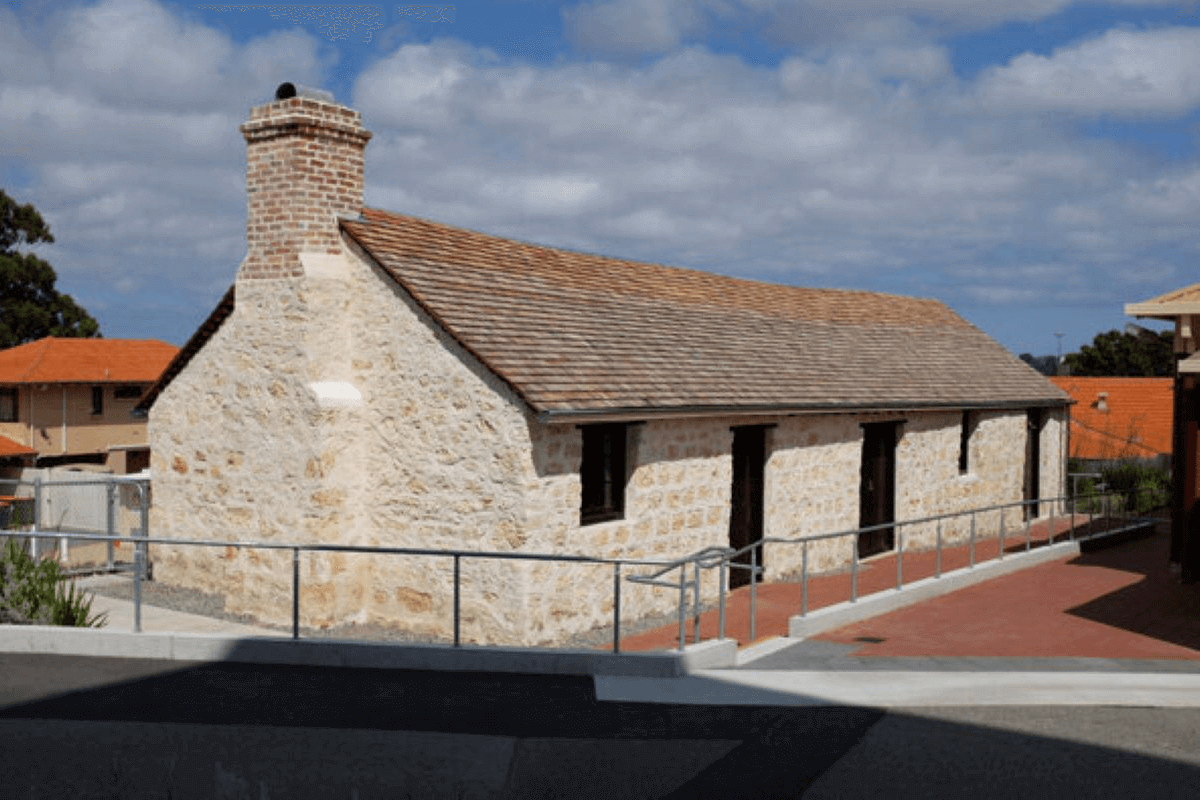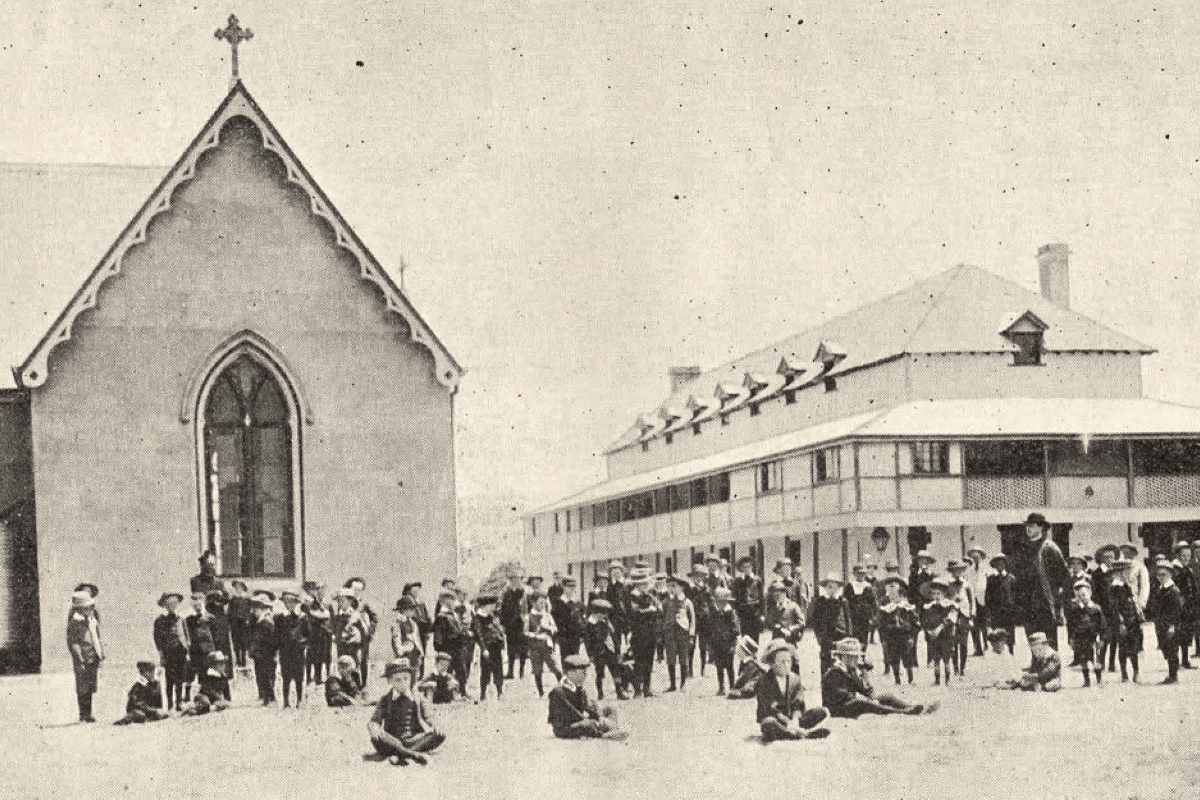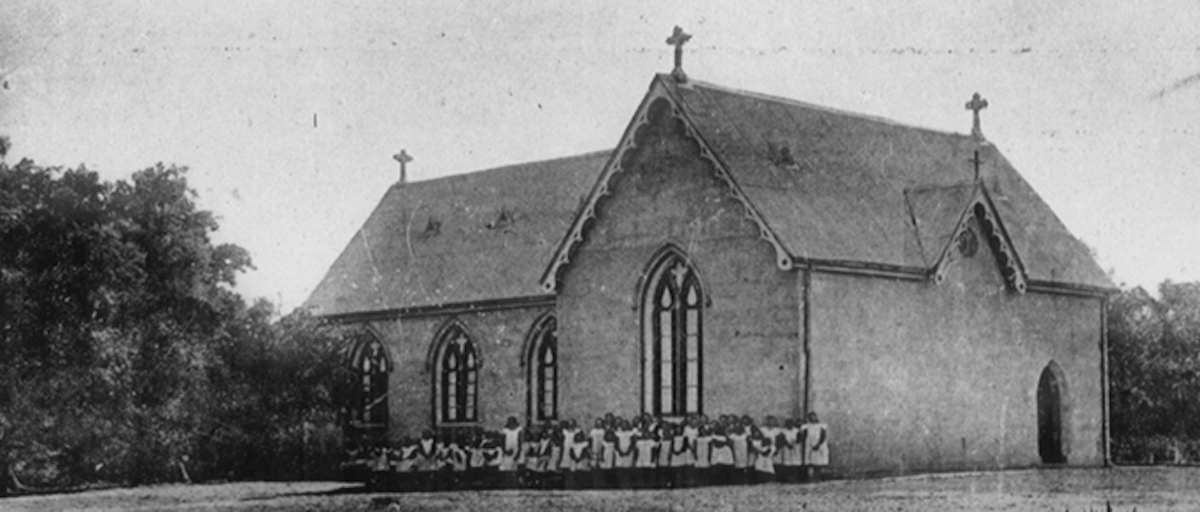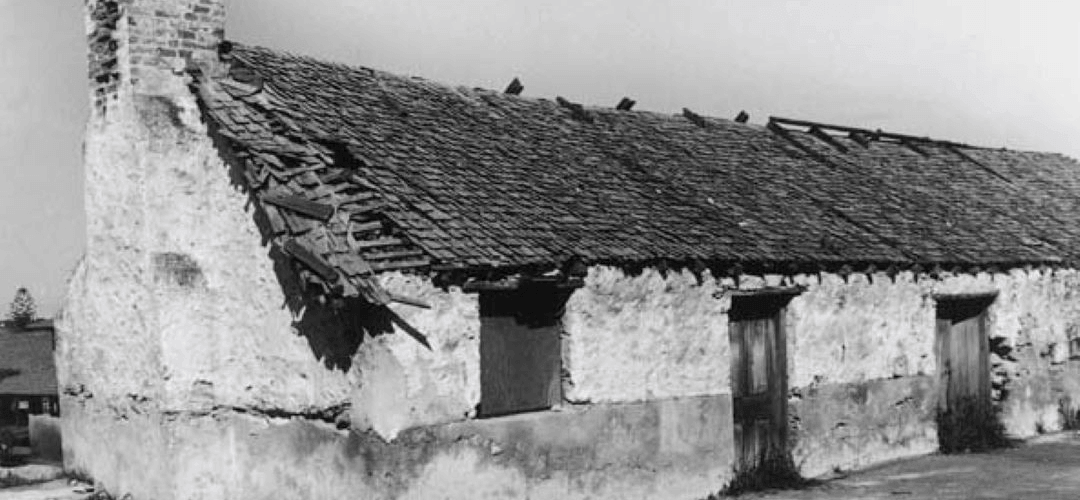Recently restored, the Benedictine Stables is the oldest remaining building from the time of European settlement in Subiaco.
The area of Subiaco was not settled by Europeans until 1851, some 22 years after the founding of the Swan River Colony. While the distance from the Swan River colony was not great, trekking inland through the bush was hard work, which is why most early development followed the coast and banks of the Swan River. In 1859, the Benedictine monks from Subiaco in Italy established the Benedictine Monastery of New Subiaco, from which the suburb draws its name.
The Stables are the last remaining structure of the Monastery and underwent restoration for the first time in 2019. Through an $80,000 State Heritage Council grant, Subiaco’s earliest agricultural building has been restored to that of its former grandeur.
The Stables has a rich history. Upon arrival, the aim of the Benedictines was to bring Christianity to the Aboriginal people and provide a place of worship for European settlers. The Monastery was built as a base for operations and as a shelter. The monks planted gardens of grape vines, olive trees and a lemon orchard around the Monastery, which explains the historical significance of olive trees in Subi’s streets today. Missionary work declined when one of the prominent monks, on orders from the Vatican, was sent to New Norcia Monastery. By 1864, all the monks had followed suit and relocated to New Norcia.
Remaining unoccupied for several years, the site was later repurposed in the early 1870s as St Vincent’s Boy’s Orphanage. In 1901, the boys orphanage moved to Manning and the grounds were taken over by the Sisters of Mercy, who then re-established the site as St Joseph’s Girl’s Orphanage for Aboriginal and European children. During this time the monks’ original olive tree plantings were put to use to produce award-winning olive oil, with the resulting profits used to keep the orphanage running. Many of these olive trees are still standing and are over a century old.

Contrary to a lot of restoration projects, tradespeople were asked to skill-down in an effort to accurately recreate the original quality of the historical building,
“The Stables was most likely built by the Benedictine monks, novices or other assistants with little, if any, stone-masonry or carpentry skills or experience” MercyCare major capital projects manager Adam Roebuck stated.
Conservation work that was undertaken included roof framing repairs, reconstruction of the face-brick chimney, roof cladding, plumbing reconstruction and exterior wall restoration including removal of cement mortars. Work completed over a six-month period by MercyCare and Bernard Seeber Architects saved the building’s integrity, which was predicted to have only 10 years left before falling to ruin.

Next-door to the Stables is a historic schoolhouse. Built in 1892 and officially opened the following year by the Bishop of Perth, it had dual use as a schoolhouse and chapel for the St Vincent’s Boy’s Orphanage and later the St Joseph’s Girl’s Orphanage. The girl’s orphanage closed in 1971 and the building sat unused until 1989, when it became the Catherine McAuley Centre, a foster care centre for kids who were wards of the state.

Although the Stables lie just North of Subiaco in Wembley, they stand as a significant part of the city’s history.
As the site is now home to a retirement village, public viewing is currently restricted, with the site set to re-open in December 2020. There will be tours from time to time so keep an eye on the MercyCare Facebook page for more information.
Benedictine Stables at MercyCare
18 Barrett Street, Wembley
(08) 9442 3408
https://www.facebook.com/MercyCareWA/
Sources: Thematic History and Framework [report], prepared by Kristy Bizzaca, City of Subiaco, published 2014; A look at the Sister Martin Kelly Centre [article], prepared by Mercycare, published 2018; Images courtesy of Bernard Seeber.




